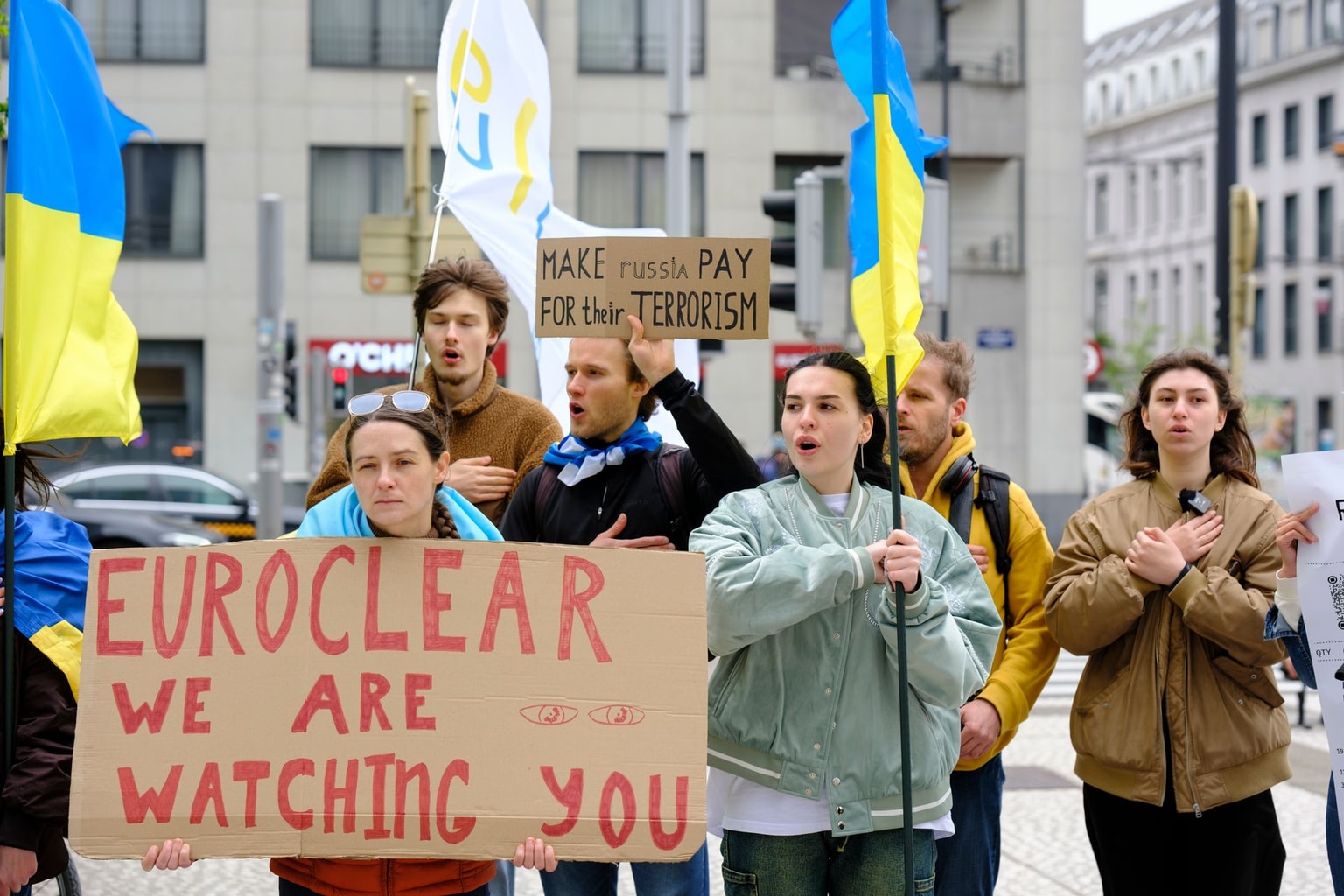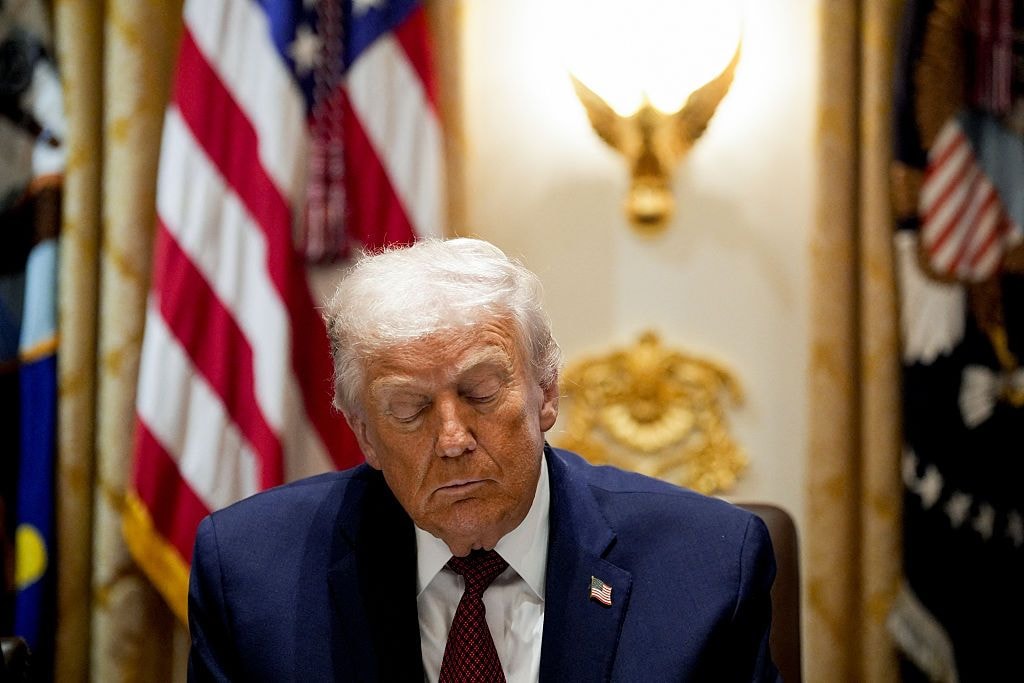Ukraine war latest: US plans to send Patriot missile defense system to Ukraine, officials say

Key developments on Dec. 13:
- Allies pledge over €1 billion winter aid for Ukraine after Zelensky’s plea
- Ukraine repels Russian attacks near 16 settlements in the east
- Belarus conducts sudden inspection of troops’ combat readiness
- Russia rules out withdrawal from Ukraine by end of 2022
The U.S. President Joe Biden’s administration is finalizing plans to deliver the Patriot missile systems to Ukraine, which may be announced this week, CNN reported on Dec. 13, citing two U.S. officials and a senior administration official.
Reuters ran a very similar report, also citing three unnamed U.S. officials.
The Patriot system is one of the most capable long-range weapons to protect airspace against incoming ballistic and cruise missiles and some aircraft. It can’t defend against low-flying or small drones that fly closer to the ground.
According to CNN, the arrangement has yet to be approved by Pentagon head Lloyd Austin and signed by President Joe Biden.
The sources didn’t provide the number of missile launchers that will be sent to Ukraine, but a typical Patriot battery includes up to eight launchers, each holding four missiles, ready for launch.
Once the plans are finalized, the Patriots will be dispatched “in the coming days,” and the Ukrainian forces will undergo training on their use at the U.S. Army base in Germany, the officials told CNN. The training “normally takes multiple months,” the officials added.
Ukraine has repeatedly asked the U.S. to provide Patriot systems amid mass Russian missile strikes on the country’s critical infrastructure.
The Biden administration had previously refused the request due to logistical challenges and difficulties in operating the systems but “the reality of what is going on the ground” changed the White House’s opinion, according to the CNN sources.
The U.S. Defense Department’s spokesman Pat Ryder said on Nov. 29 that the Pentagon was discussing “a wide variety of capabilities and support with Ukraine,” including Patriot air defense systems, but didn’t intend to supply them “right now.”
According to CNN, if Ukraine receives them, it will be the most effective long-range defense system delivered from NATO members since the beginning of Russia’s full-scale invasion.
Allies pledge over €1 billion winter support for Ukraine
French Foreign Minister Catherine Colonna announced on Dec. 13 that some 70 countries and international organizations would send over $1 billion in aid to support Ukraine in winter amid Russia’s mass missile attacks on the country’s critical infrastructure.
The statement comes following the “In Solidarity With the Ukrainian people” conference in Paris — a gathering hosted by French President Emmanuel Macron, designed to raise funds to support Ukraine’s energy sector, among other things.
Macron later said on Twitter that the funds would be delivered by April but added that they are meant “to help Ukraine get through winter.”
According to the French foreign minister, the funds will cover restoring Ukraine’s energy sector and the food sector, water supply, health, and transportation. She added that $520 million of funding was yet to be allocated.
Prior to the decision, President Volodymyr Zelensky addressed the conference from Kyiv, calling on allies for additional support.
He estimated the cost of electricity supply support at around 800 million euros ($843 million), saying, “this is significant but significantly less than what a blackout in Ukraine could cost us all.”
Zelensky said that Ukraine needs various equipment, such as transformers, gas turbines, gas piston power units, and equipment for restoring high-voltage networks. The country also requires support in purchasing about two billion cubic meters of gas.
Ukraine’s president also urged the European Union to send special observation missions to the critical infrastructure sites in Ukraine, “which are involved in the energy supply of Ukraine and on which the stability of our entire region directly depends.”
“And we need a special permanent mechanism for coordinating efforts — the Paris Mechanism. This will make it possible to provide timely and effective responses to every challenge of Russian energy terror,” Zelensky stressed.
Since October, Moscow has unleashed six large-scale strikes targeting Ukraine’s energy sector, killing dozens of civilians and causing emergency blackouts across the country. The most recent nationwide attack on Ukraine occurred on Dec. 5, killing four and hitting energy sites in at least three regions.
On Dec. 12, Zelensky warned that Russia was preparing a new wave of mass missile strikes targeting Ukraine’s energy sector. The next day, on Dec. 13, an air raid alert went off in all Ukrainian regions but occupied Luhansk Oblast and the Crimea peninsula.
“Russia still hopes (to impose) blackouts. This is terrorists’ last hope,” he said in his regular evening address.
Moscow has fired over 1,000 missiles and loitering munitions at energy infrastructure nationwide over the last two months, according to Volodymyr Kudrytsky, CEO of Ukraine’s state grid operator Ukrenergo.
The country faces a “notable” energy deficit as of 11 a.m. on Dec. 13, the state operator said.
At the same time, Prime Minister Denys Shmyhal predicted “significant” energy cuts this winter after Russia’s missile blitz damaged “all thermal and hydroelectric power plants” across Ukraine.
Belarus inspects its troops’ combat readiness
Belarus’ Defense Ministry reported it was conducting an impromptu inspection of its troops’ combat readiness by an order from Belarusian dictator Alexander Lukashenko.
“The measures will be comprehensive,” the ministry said in a statement.
“The troops will advance to the designated areas as soon as possible, implement their engineering equipment, organize security and defense, and build bridge crossings across the Nemunas and Berezina rivers.”
On Dec. 9, Russian Defense Minister Sergei Shoigu visited Belarus as Minsk and Moscow signed a rushed classified protocol on regional security.
After signing the document, Shoigu met with Lukashenko in Minsk. During the meeting, the Belarusian dictator openly acknowledged that Minsk and Moscow were training troops in Belarus.
At the same time, Belarus’ parliament is considering introducing the death sentence for officials and military personnel that “commit acts of treason.”
According to Andrii Yusov, the spokesperson for the Ukrainian Defense Ministry’s Main Intelligence Directorate, Shoigu’s visit to Minsk may have been intended to pressure Belarus into joining Russia’s full-scale war against Ukraine.
Belarus is Russia’s closest ally. Although formally Belarus is not participating in Moscow’s war in Ukraine, it allows using its territory for launching missiles from there, and for sending troops in the early stage of the invasion. Russian air defense systems, as well as up to 12,000 mobilized Russian recruits are stationed in Belarus, according to the Ukrainian military.
On the eastern front line
Over the past day, Ukrainian forces have repelled Moscow’s attacks near 16 settlements in the east, where the fiercest fighting is raging.
In Luhansk Oblast, the Armed Forces reported repulsing Russian attacks near Novoselivske, Stelmakhivka, Makiivka, Novoyehorivka, Chervonopopivka, and Bilohorivka settlements.
Meanwhile, in Donetsk Oblast, the Armed Forces reported that Russian troops unsuccessfully attacked near Verkhniokamianske, Yakovlivka, Soledar, Bakhmutske, Klishchiivka, Kurdiumivka, Mayorsk, Avdiivka, Mariinka, as well as their main target, the city of Bakhmut.
Eastern Military Command spokesman Serhii Cherevatyi said on Dec. 4 that Russia was losing from 50 to 100 soldiers each day in the battle of Bakhmut, and about as many Russian soldiers get wounded in action near the city daily.
Nevertheless, Moscow rejected Zelensky’s peace proposal and ruled out withdrawal from Ukraine by the end of 2022.
The Kremlin spokesperson Dmitry Peskov said on Dec. 13 that Kyiv needs to accept new territorial “realities,” which include Russia’s illegal “annexation” of four Ukrainian regions – Ukraine’s Zaporizhzhia, Donetsk, Luhansk, and Kherson oblasts.
Russia claims to have annexed these four Ukrainian regions after staging sham referendums. Russia doesn’t entirely occupy either of these regions.
Ukraine and the West dismissed Russia’s “referendums” as illegal and imposed a round of new sanctions on the country following the announcement.
Earlier on Nov. 15, Zelensky presented a 10-point peace plan to end Russia’s war in Ukraine in a virtual speech to G20 leaders.
The plan envisages preventing ecocide in Ukraine, punishing those responsible for war crimes, withdrawing all Russian troops from the territory of Ukraine, restoration of Ukraine’s territorial integrity, and the release of all prisoners of war and deportees. The proposals also call for ensuring energy security, food security, and nuclear safety.










